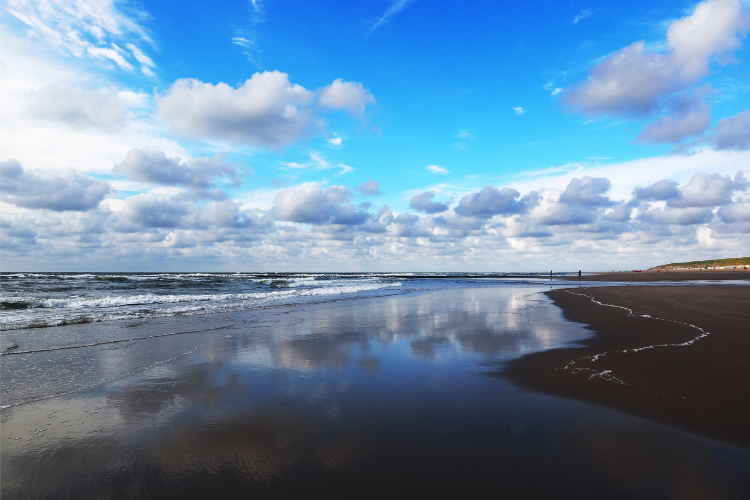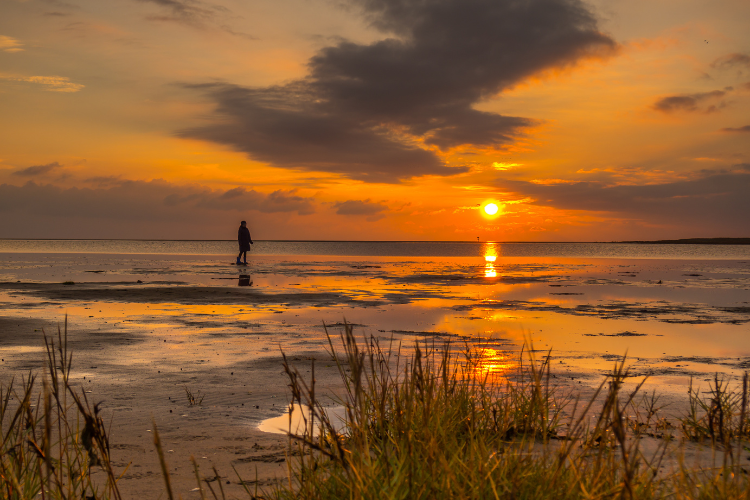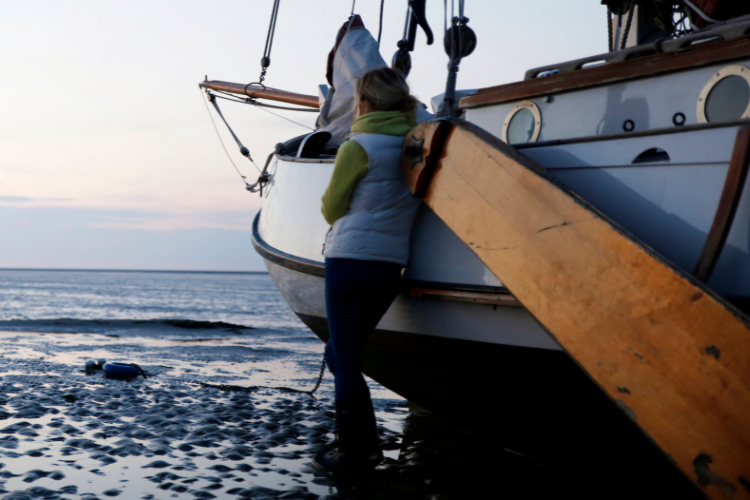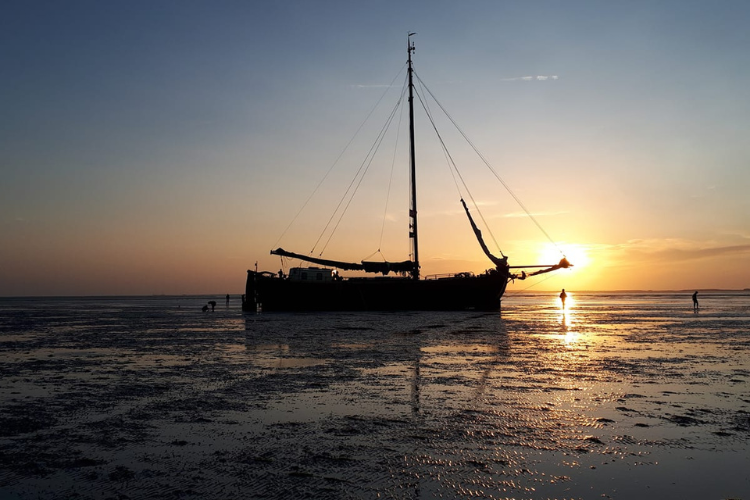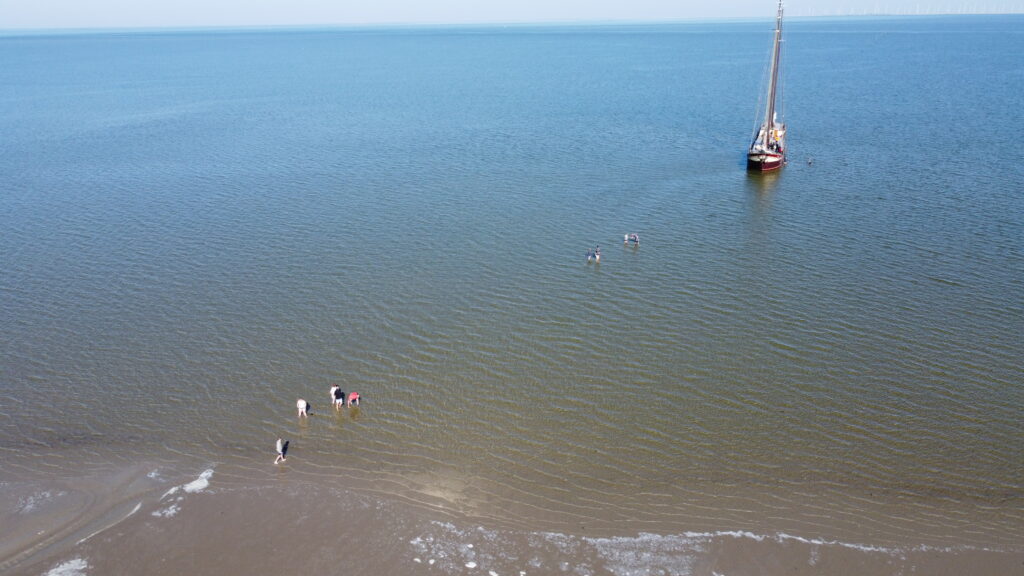Why is the Wadden Sea a UNESCO World Heritage Site?
The Wadden Sea located on the northern coast of the Netherlands, it is one of the world’s most fascinating and unique natural areas. With its vast sandbanks, channels, dunes and islands, it is home to a wealth of biodiversity and has extraordinary ecological value. It is therefore no surprise that the Wadden Sea was awarded UNESCO World Heritage Site status in 2009. In this article, you will discover why the Wadden Sea is such an important and valuable area to have received this prestigious recognition.
What is UNESCO World Heritage?
Before we get into why the Wadden Sea is a UNESCO World Heritage Site, it is important to understand exactly what this status means. UNESCO, the United Nations Educational, Scientific and Cultural Organisation, recognises and protects cultural and natural heritage sites of outstanding universal value. World heritage sites are places of great importance to humanity that should be preserved for future generations. They are considered a legacy of our past, a source of identity and a source of inspiration.
Why is the Wadden Sea a UNESCO World Heritage Site?
1.Unique ecological value in the Wadden Sea region
The Wadden Sea is known for its unique and dynamic ecology. The area serves as a habitat, breeding ground and stopover for numerous plant and animal species. The Wadden Sea is home to more than 10,000 species of flora and fauna, including seals, migratory birds, fish and shellfish. It is one of the main feeding grounds for migratory birds that travel thousands of kilometres every year. The interaction between tides, sediments and salinity creates unique living conditions found nowhere else on earth.
2.Important stopover for migratory birds in the Netherlands
The Wadden Sea plays a crucial role in the life cycle of countless migratory birds. Every year, millions of birds use the Wadden Sea as a stopover during their long migration routes. They rest, refuel energy and find food in the rich ecosystems of the Wadden Sea before continuing their journey. This makes the Wadden Sea invaluable for the conservation of many endangered bird species and makes it a popular area with bird watchers.
3. Dynamic landscapes in the Wadden Sea region
The landscape of the Wadden Sea is constantly changing due to the interaction between water, wind and sediments. The tidal range, one of the largest in the world, causes dramatic changes in the landscape. Mudflats and sand flats are formed and recreated by the force of nature. These dynamics create unique habitats and make an important contribution to the natural processes taking place in the Wadden Sea.
4.Rich biodiversity on the Wadden Sea
The Wadden Sea is a treasure trove of biodiversity. It is home to countless plant and animal species that are perfectly adapted to the conditions of the area. Seals rest on the sandbanks, mudflats dig into the muddy bottom and birds search for food in the mudflats. The rich biodiversity of the Wadden Sea is not only of intrinsic importance, but also plays a crucial role in the functioning of the area’s ecology.
Consequences of UNESCO status for the Wadden region
International recognition
UNESCO status is a recognition of the exceptional value of the Wadden Sea at the international level. It puts the Wadden Sea on the map as a unique and precious natural area. This recognition contributes to awareness and understanding of the importance of conserving and protecting the Wadden Sea, both locally and internationally.
Tourism and economic benefits for the Dutch tidal flats
UNESCO status has also had positive effects on tourism in the region. People from all over the world are attracted by the extraordinary natural beauty and diversity of the Wadden Sea. Tourism focused on the Wadden Sea contributes to the local economy and creates jobs in the region. The entire Wadden Sea region exudes rhythm and tranquillity, no wonder it is labelled a Slow Travel destination par excellence!
Protection of the Wadden region
As a UNESCO World Heritage Site, the Wadden Sea enjoys special protection. The area is covered by several national and international laws and regulations designed to preserve its unique ecology and biodiversity. UNESCO status has led to an increased commitment to the conservation and sustainable management of the Wadden Sea, allowing future generations to continue to enjoy this unique area.
Challenges and threats in UNESCO’s Wadden Sea region
Despite its UNESCO status and protection efforts, the Wadden Sea faces several challenges and threats.
Climate change on the Dutch Wadden Sea
Rising sea levels, increasing frequency of extreme weather events and changes in ocean currents threaten the Wadden Sea. These changes could lead to habitat loss, erosion of coastlines and disruption of the ecological balance of the area. It is essential to take measures to adapt the Wadden Sea to the effects of climate change and strengthen its resilience.
Human activities in the Wadden area
Human activities, such as fishing, shipping and oil and gas extraction, can have harmful effects on the Wadden Sea. Overfishing can disrupt the food chain, shipping can lead to animal disturbance and noise pollution, and oil and gas extraction can lead to pollution and habitat disruption. It is vital to promote sustainable practices and ensure that human activities do not cause irreparable damage to the Wadden Sea.
Management of the Dutch Wadden Sea
Managing the Wadden Sea is a complex task that requires close cooperation between different stakeholders, including governments, nature organisations, scientists and local communities. Various management plans and programmes have been developed to ensure the sustainable development and protection of the Wadden Sea and the Wadden Sea region as a whole. These include measures to reduce the impact of human activities, restore ecosystems and raise awareness.
Why it is important to protect the Wadden Sea
The Wadden Sea is a unique and valuable natural area that has rightly been awarded UNESCO World Heritage Site status. With its extraordinary ecological value, important role as a stopover for migratory birds and dynamic landscapes and special natural reserves, the Wadden Sea is a source of wonder and admiration. UNESCO status has brought international recognition, boosted tourism and strengthened the protection of the area. However, it is important to address the challenges and threats facing the Wadden Sea and ensure that this beautiful heritage is preserved for future generations.
Experiencing the Wadden Sea aboard a traditional sailing ship
The traditional sailing ships of the Dutch sailing fleet have a rich history and are an essential part of the maritime heritage of the Netherlands. The flat-bottomed ships, also known as tjalken, aken or clippers, have a flat bottom, making them perfect for sailing in shallow waters, such as the Wadden Sea. With their distinctive appearance and elegant sails, they attract the attention of everyone who sees them sailing by.
Sailing on a traditional flat bottomed ship offers a unique experience. As you glide peacefully across the Wadden Sea, you can enjoy the beautiful nature around you. You will be amazed by the vast sandbanks, the colourful birds flying above you and the breathtaking sunsets painting the horizon. With a bit of luck, you’ll even spot seals curiously poking their heads above the water to say hello.
But exploring the Wadden area on a flatboat offers more than just a visual treat. You get the chance to experience the sea in a completely different way. You feel the wind in your hair, hear the flapping of the sails and learn the art of sailing from experienced crew members. You can even help hoist the sails or steer the ship. It is an interactive and hands-on way to experience the power of nature and get a sense of connection with the sea.
An active and relaxed sailing holiday at home on the Wadden Sea
Moreover, on a flat-bottomed boat there are plenty of opportunities to relax and enjoy the sociability. Relax on deck, feel the warmth of the sun on your face and let the salty sea air tickle your senses. But even if navigating or brutal exertion is your thing, you will certainly find your niche on board. The crew provides delicious refreshments, such as a cup of coffee or tea with a piece of freshly baked cake or delicious local delicacies. You can also get to know your fellow passengers, share stories and enjoy the special experience together, for example on a co-sailing trip.
So why visit the Wadden area on a traditional flatboat? Because it is the perfect way to experience the beauty of this unique natural area, while immersing yourself in the rich maritime history of the Netherlands. It is an adventure that will excite your senses, capture your heart and fill you with memories that will last a lifetime. So hoist the sails, let the wind be your guide and discover the wonderful Wadden area on a traditional flatboat!


